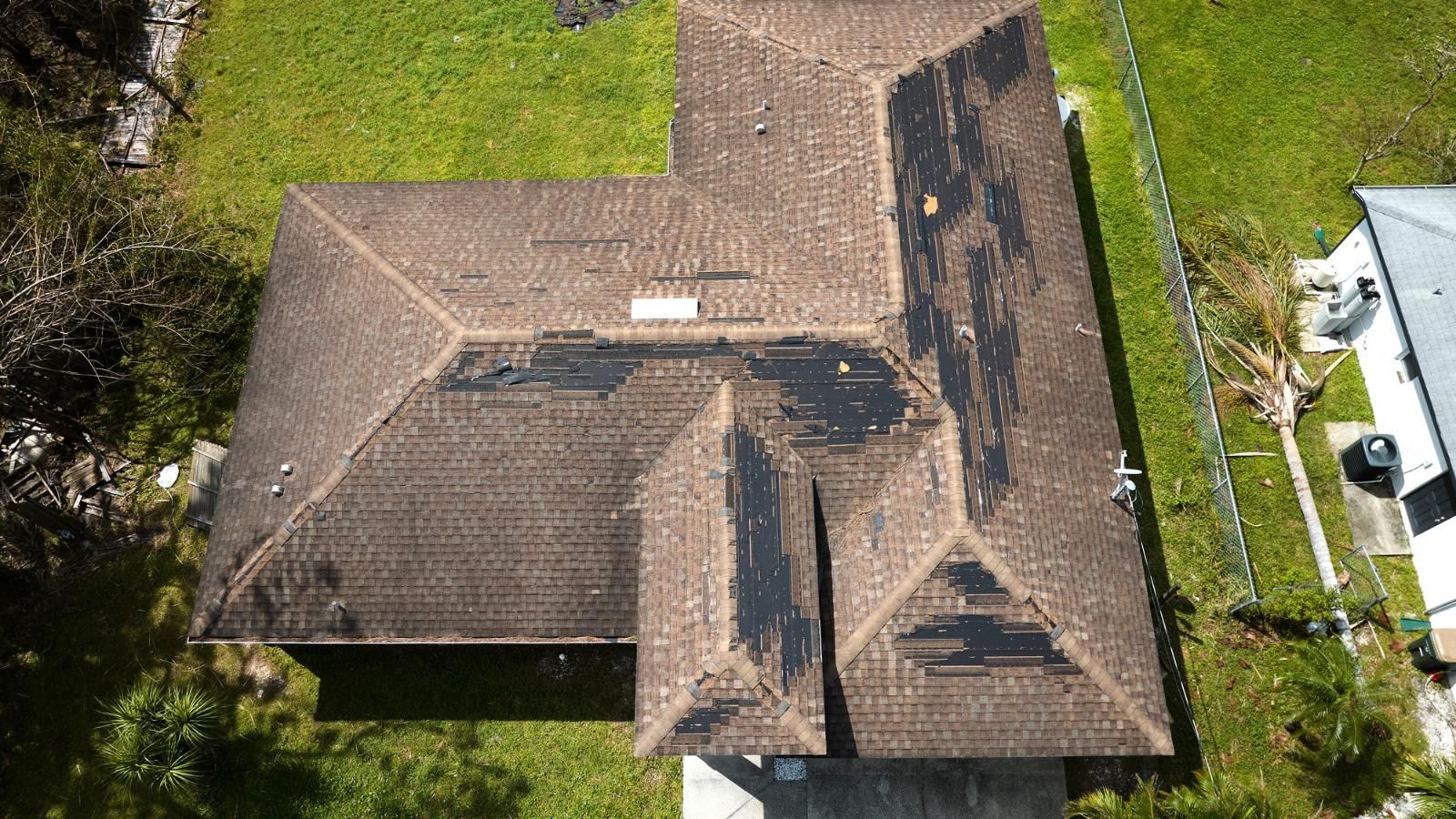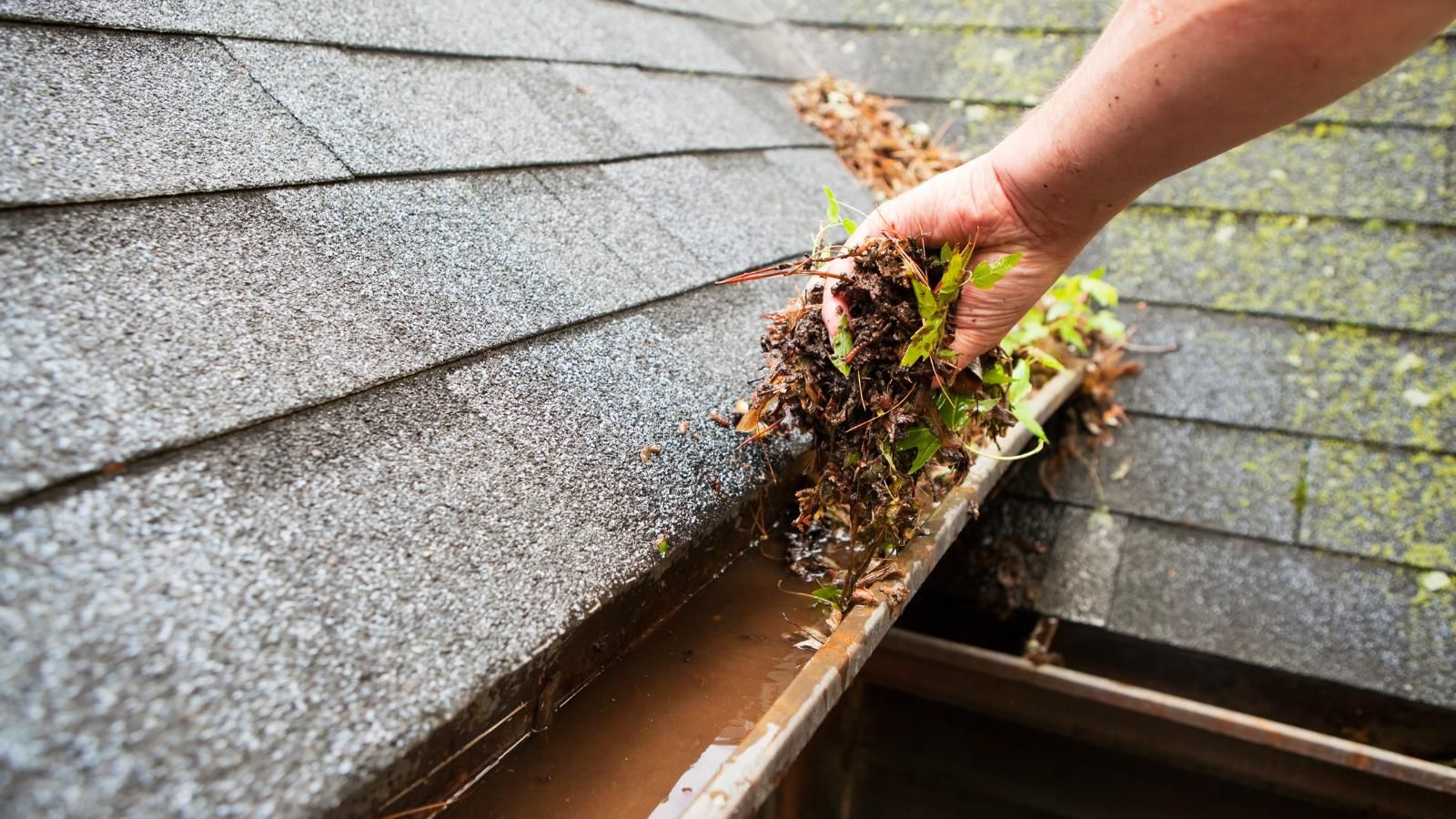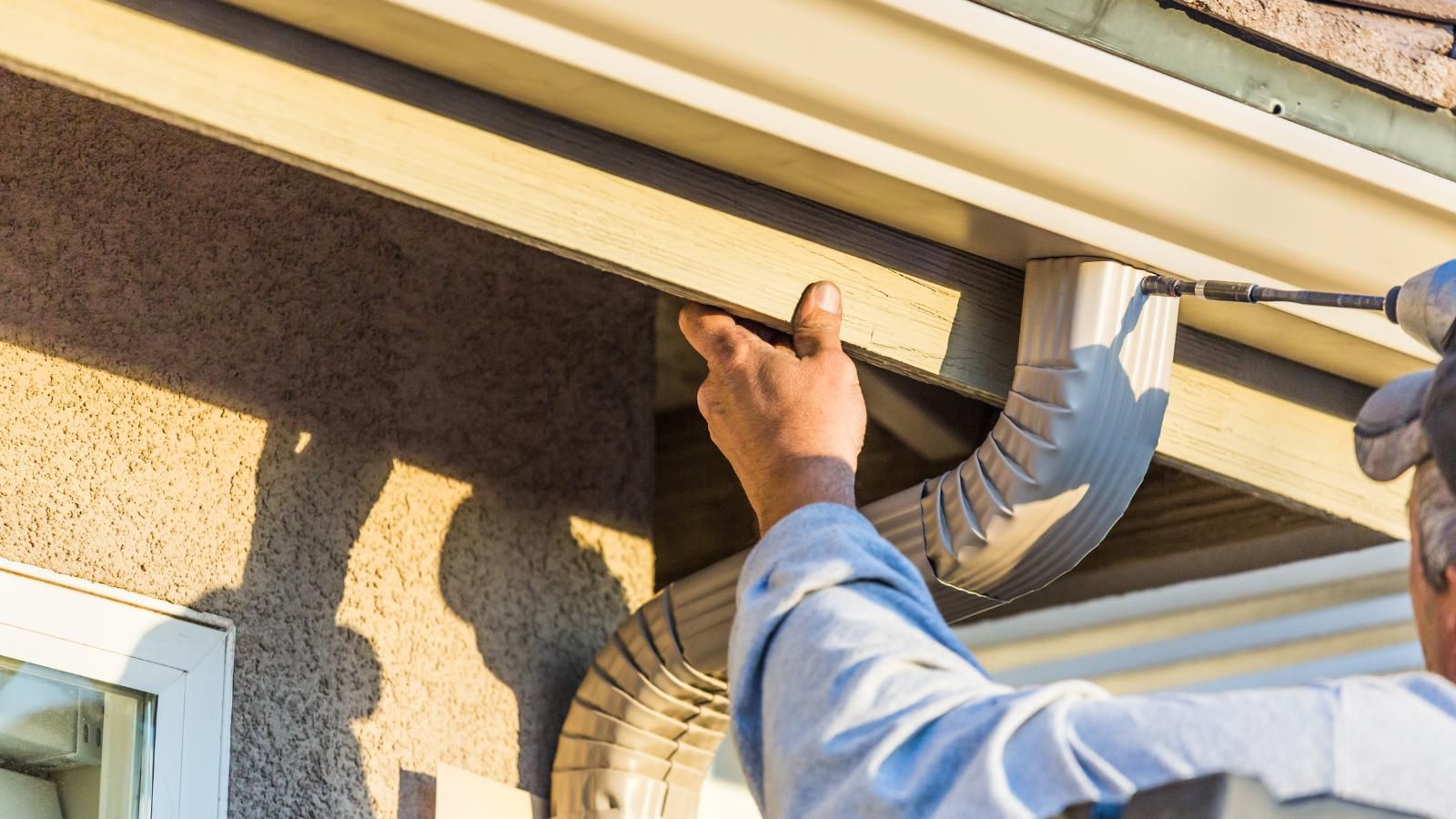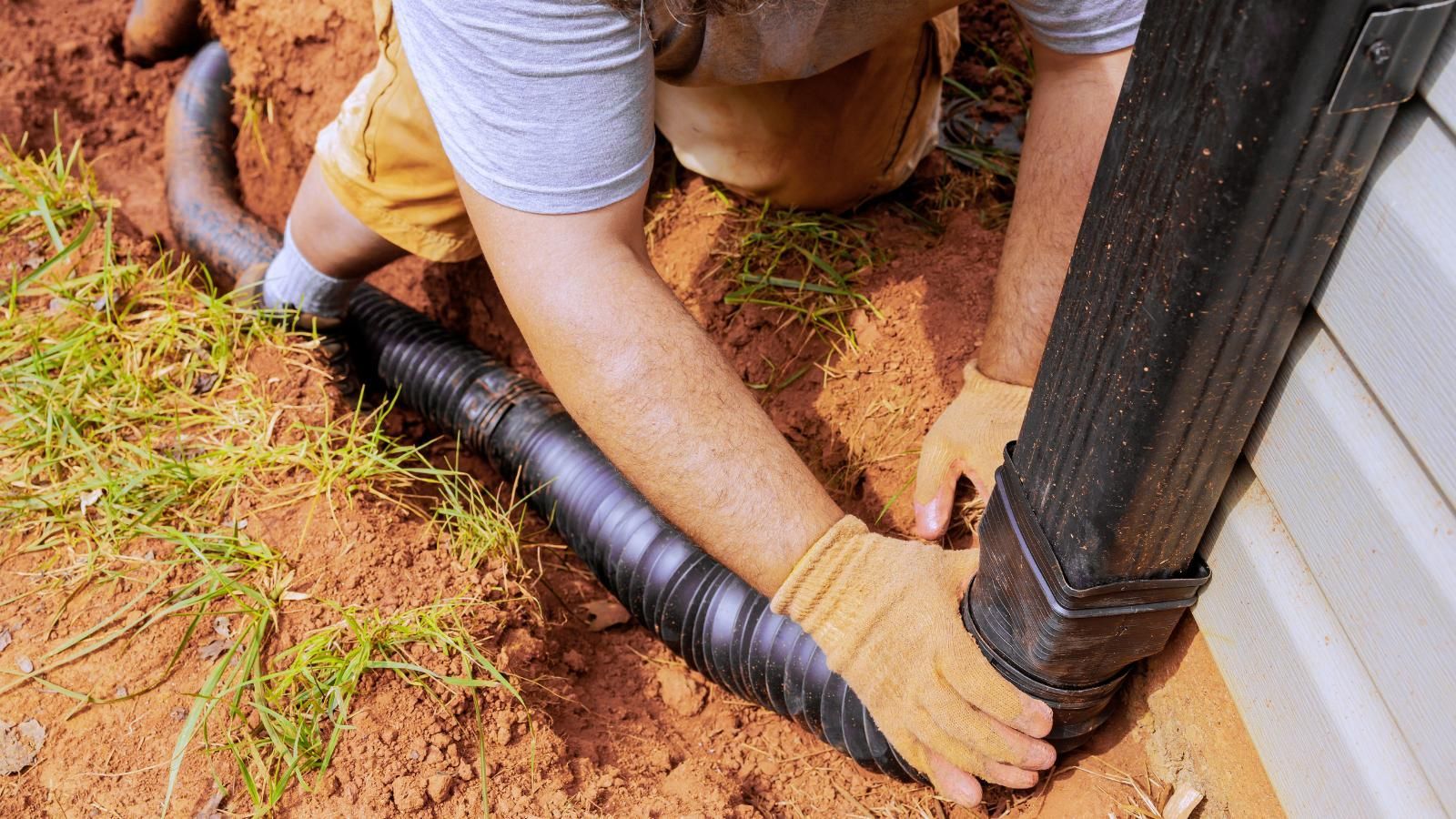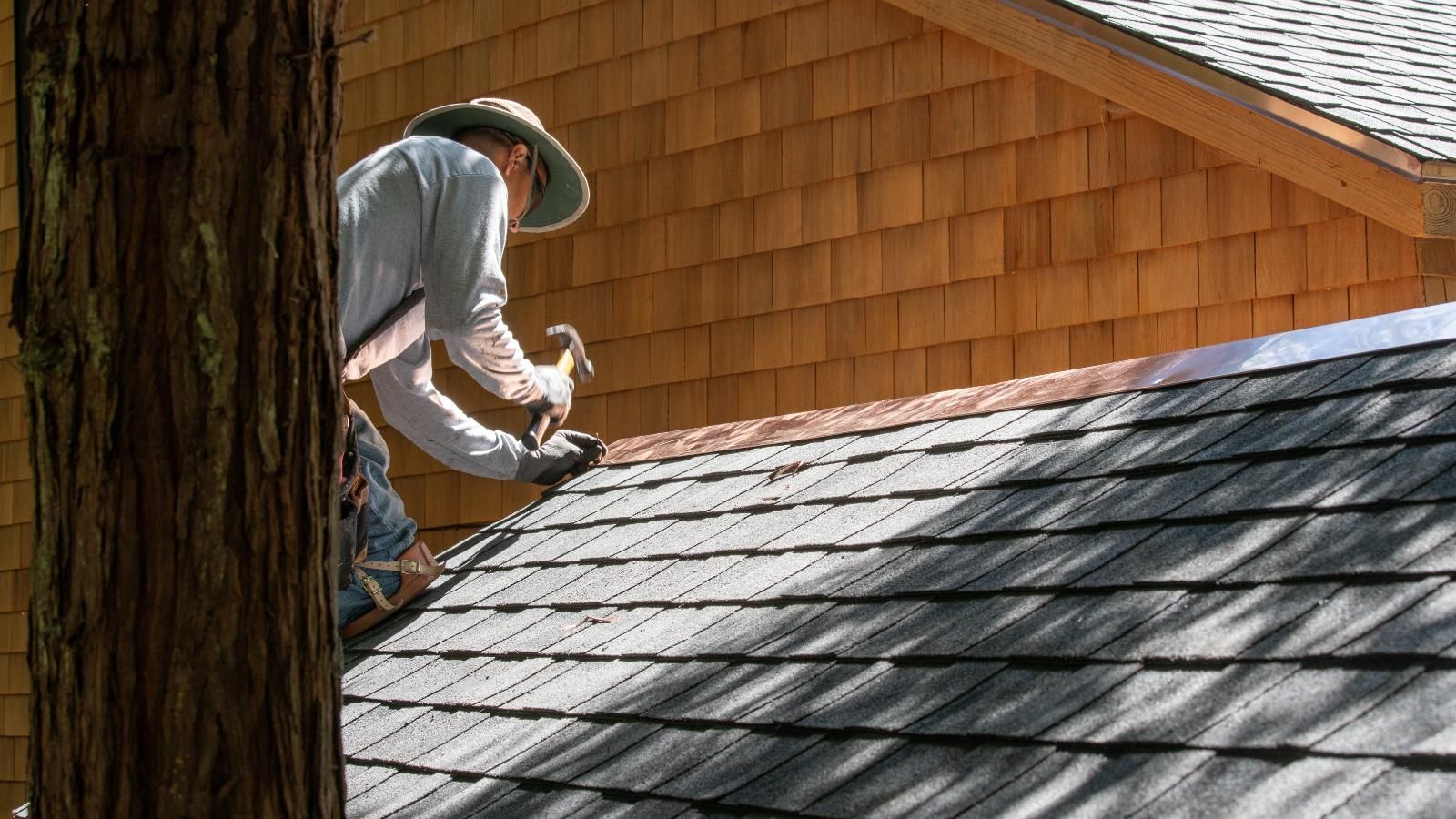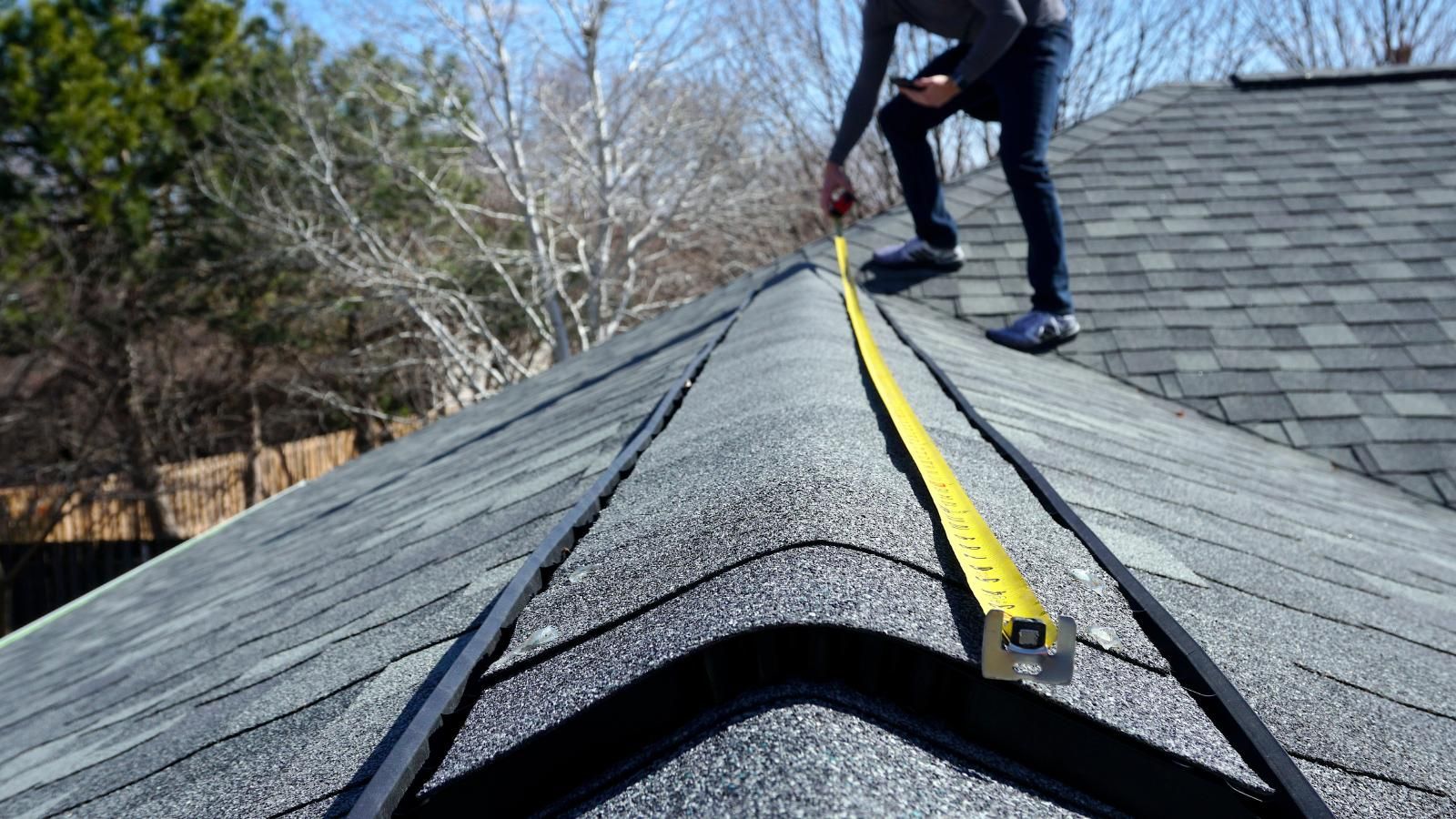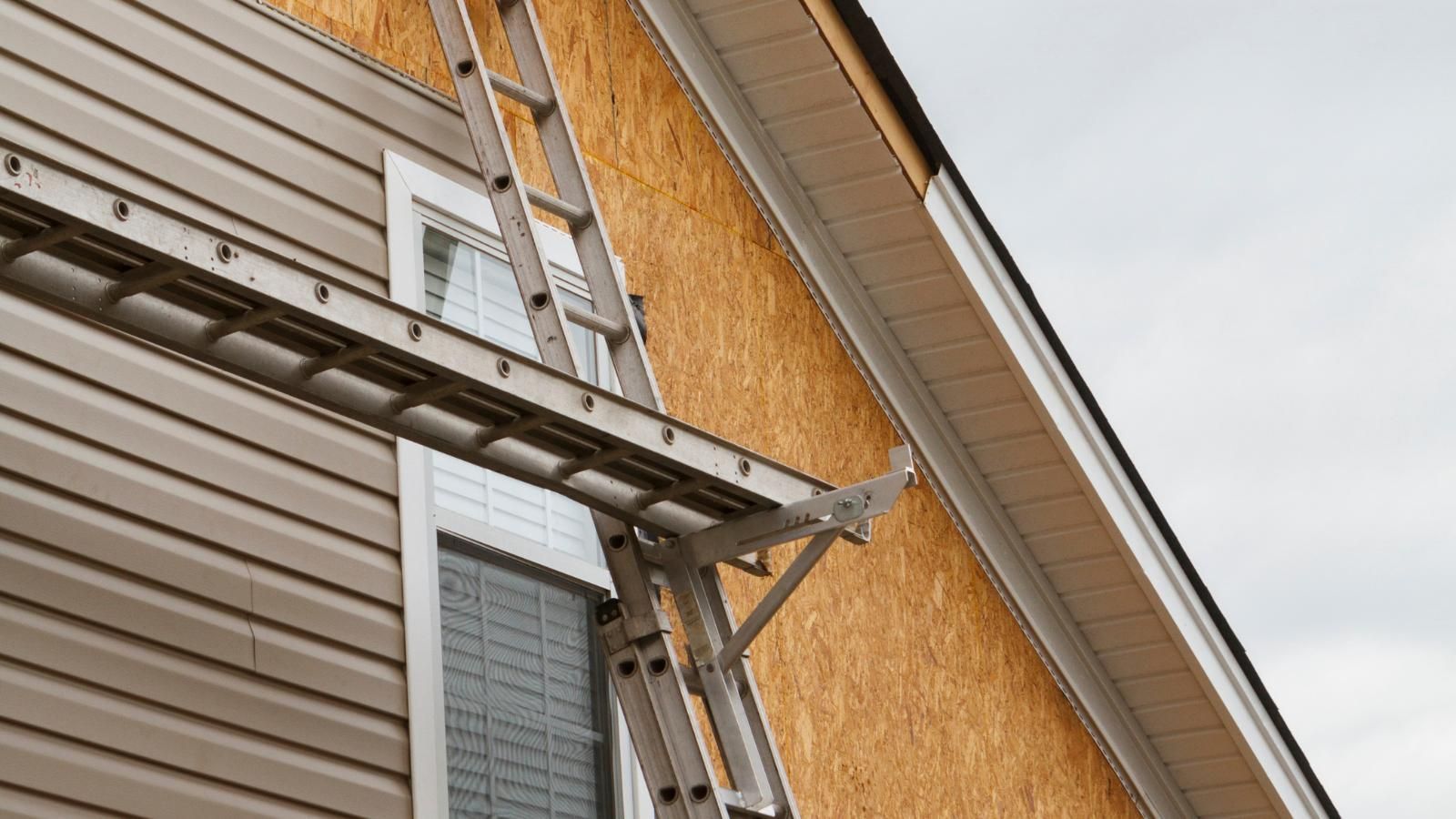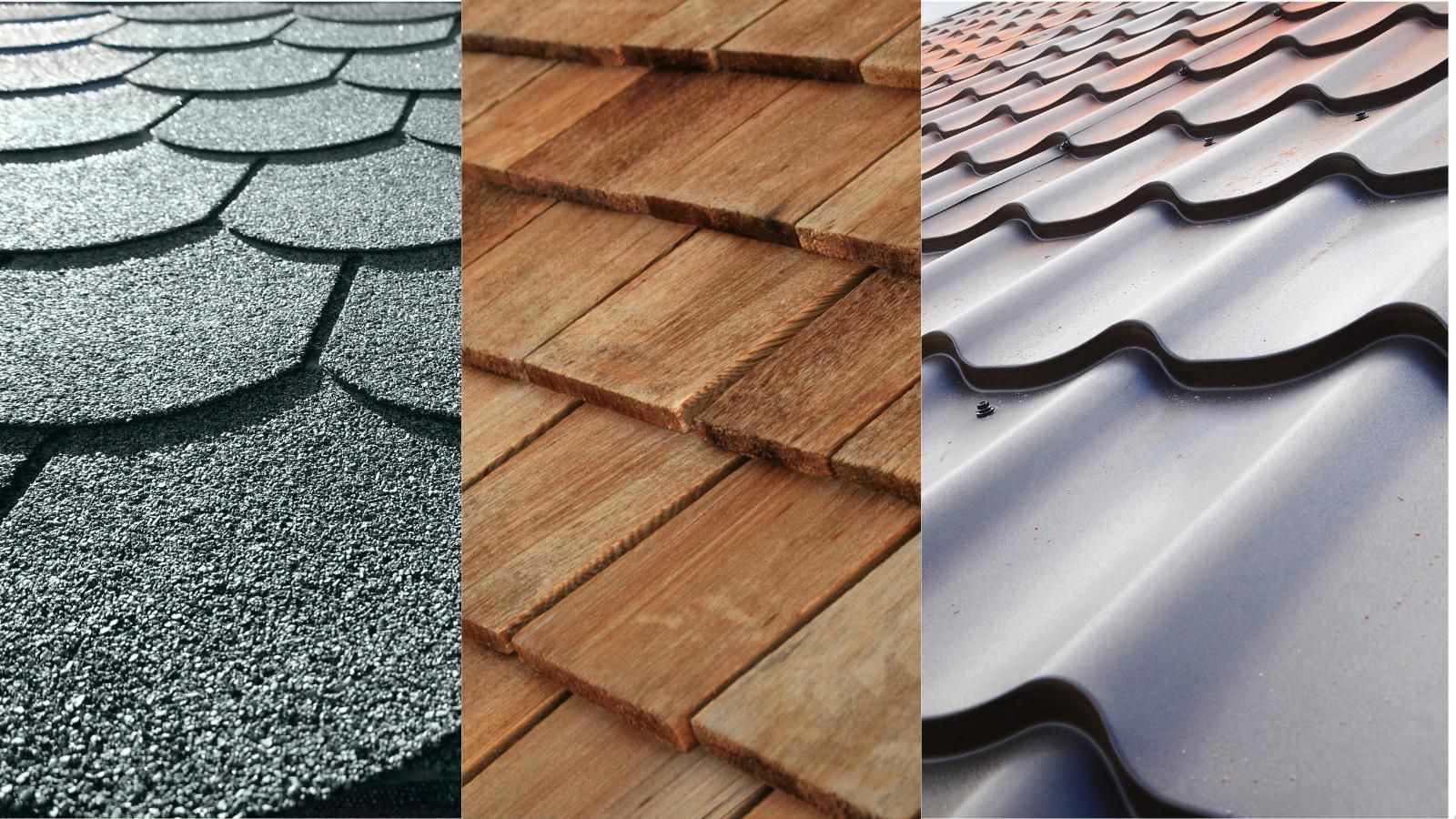Tax Deduction Guide: Can You Claim Storm Damage Repairs?
Storm damage repairs present unexpected financial burdens, but tax deductions could offer relief. Natural disasters can result in homeowners incurring repair costs that they could recover through tax deductions. Understanding the IRS regulations will be a tremendous help when filing your taxes.
This Post Will Cover:
- Key IRS Guidelines for Storm Damage Deduction
- Common Repairs That May Be Tax Deductible
- Filing Your Taxes after Storm Damage
- What Happens if Your Insurance Claim Covers Partial Repairs?
We’ll unravel how tax benefits can alleviate the financial loss of storm damage.
Understanding Tax Deductions for Storm Damage
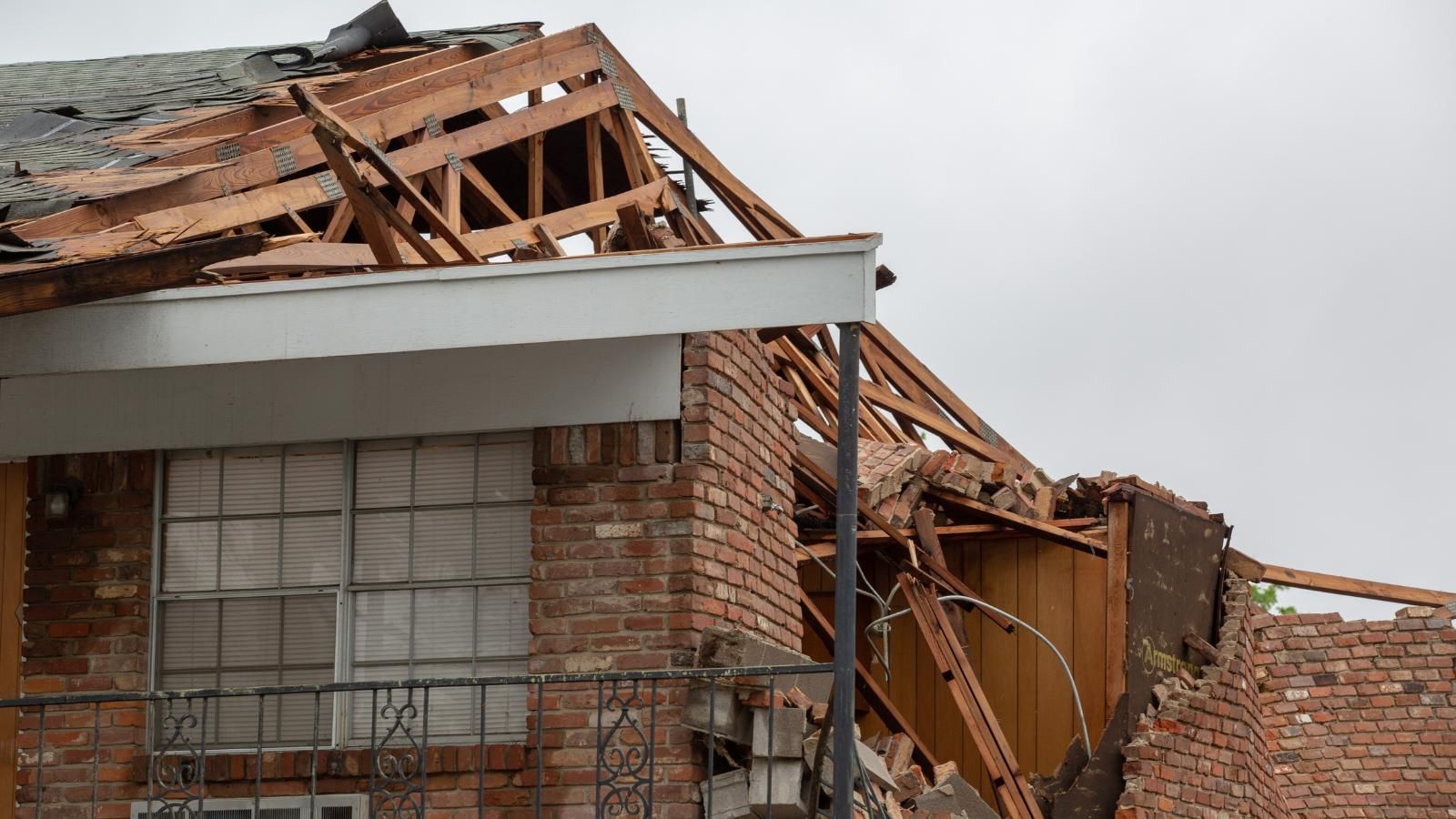
The IRS emphasizes that qualifying events must be “sudden, unexpected, or unusual. The event must be unforeseeable and abrupt, like a tornado, hurricane, hailstorm, or flood, to deduct home repairs. Issues of wear and tear or neglect are not deductible.
Storm-related expenses for tax deductions include:
- Repairs: Repair expenses for hail damage to the roof or broken windows caused by storms.
- Replacements: Replacement costs include a new roof installation when damage is irreparable.
- Losses: Total loss recovery for the destroyed property at the fair market value minus any insurance reimbursement received.
Requirements for storm damage deductions:
- Ownership: The taxpayer filing the claim must be the owner
- Itemized Deductions: Home repair tax-deductible claims must be itemized on Schedule A of your tax return
- Exceeding the Threshold: The total loss per casualty must not exceed $100 and 10% of your adjusted gross income after receiving insurance reimbursements
- Declared Disaster Areas: Federally declared disaster zones may be eligible for additional benefits
This information could assist you in navigating the tax deduction process for reporting property damage to the IRS.
Key IRS Guidelines for Storm Damage Deduction
You can be eligible for a deduction if your loss meets the IRS definition of a “casualty loss” (an unexpected or unusual event causing damage or destruction). To deduct home repair expenses, proper documentation must be presented.
- Receipts: Invoices and receipts for repair or replacement costs connected to your storm damage claim.
- Photos/Videos: Take clear photos or videos of the damage before making repairs for evidence.
- Insurance Reports: Present documentation of insurance claims and reimbursement amounts. Only losses not covered by insurance can be deducted.
- Professional Assessments: Strengthen your case by saving appraisals or estimates of the property’s fair market value before and after the damage.
Deduction Limits and Calculation
After receiving insurance reimbursements, the total loss per casualty must not exceed $100 and 10% of your adjusted gross income. That means if your AGI (Adjusted Gross Income) is $50,000, the first $5,000 of the loss beyond the $100 threshold is not deductible. Then subtract any insurance payments received from the total loss amount. Only the remaining unreimbursed loss is eligible.
Example Calculation:
- Storm Damage Repair Costs: $15,000
- Insurance Reimbursement: $7,000
- Net Loss: $8,000
- Adjusted Gross Income: $50,000
- Deduction Threshold: $5,100 ($100 rule + 10% of AGI)
- Deductible Amount: $8,000 – 5,100 = $2,900
Meeting the above guidelines and organizing your documentation carefully, will make you well-prepared to submit storm damage claims (How do storm damage claims work) in compliance with IRS regulations.
Common Repairs That May Be Tax Deductible
Only expenses for storm damage claims that restore your home to its original condition are eligible, such as:
- Roof Repairs – Leak fixes or replacing storm-damaged shingles.
- Structural Fixes - Repairs to walls, beams, or foundations affected by storms
- Window/Door Repairs: Replacing broken glass or damaged frames.
- Plumbing/Electrical - Repairs for storm-related flooding or system damage.
- Exterior Repairs: Fixing siding, gutters, or downspouts.
- Debris Removal: Clearing fallen trees that caused property damage.
Enhancements like switching to higher-grade materials or energy-efficient upgrades are excluded deductions. Record all repair expenses and consult a tax professional for advice on categorizing expenses and navigating IRS rules. With accurate records and honestly sticking to necessary repairs, you can maximize tax relief and stay in compliance with IRS rules
Filing Your Taxes After Storm Damage
Follow these steps when filing your taxes for storm damage claims:
Step 1: Collect Necessary Documentation
- Gather repair and replacement receipts
- Compile photos/videos of the damage
- Include insurance reports and proof of reimbursement.
- Obtain professional appraisals establishing property value before and after the storm damage.
Step 2: Use IRS Form 4684 (Casualty and Theft Losses) to report storm damage.
- Section A: Fill out with complete details
- Calculations: Determine the loss amount after insurance reimbursement, subtract $100 per event, and apply the 10% AGI rule.
- Transfer the results to the itemized deductions on your tax return.
Step 3: Claim Deductions on Schedule A
- Report the deductible amount from Form 4684
- Ensure your deductions are storm-related.
Step 4: Double-check for Disaster Declarations.
- You could qualify for additional benefits if the area is federally declared a disaster area.
Avoid Filing Mistakes:
- Incomplete Documentation
- Overestimating Losses
- Failing to Itemize
- Misclassifying Repairs
- Not Consulting Experts
What Happens if Your Insurance Claim Covers Partial Repairs?
It is possible to claim the unreimbursed portion as a tax deduction. Calculate the total loss, subtract the insurance reimbursement, and apply the IRS thresholds (Deduct the remaining loss by $100 per event and 10% AGI). The balance is your deductible amount.
Taking Control of Storm Damage Tax Relief
Storm damage deductions require qualifying events (sudden and unexpected), proper documentation (receipts, photos, insurance reports), and adherence to IRS thresholds ($100 percent, 10% of AGI). Use form 4684 to report losses and itemize deductions on Schedule A. Only unreimbursed costs for repairs – not upgrades- are deductible. Keep organized records and consult a tax expert for accuracy.
Maximize deductions by filing promptly and ensuring all documents support your claim.
Contact
Preferred Roofing & Seamless Guttering today for professional roofing assistance in the Lee’s Summit area! Protect your home and finances with trusted repairs and guidance.



